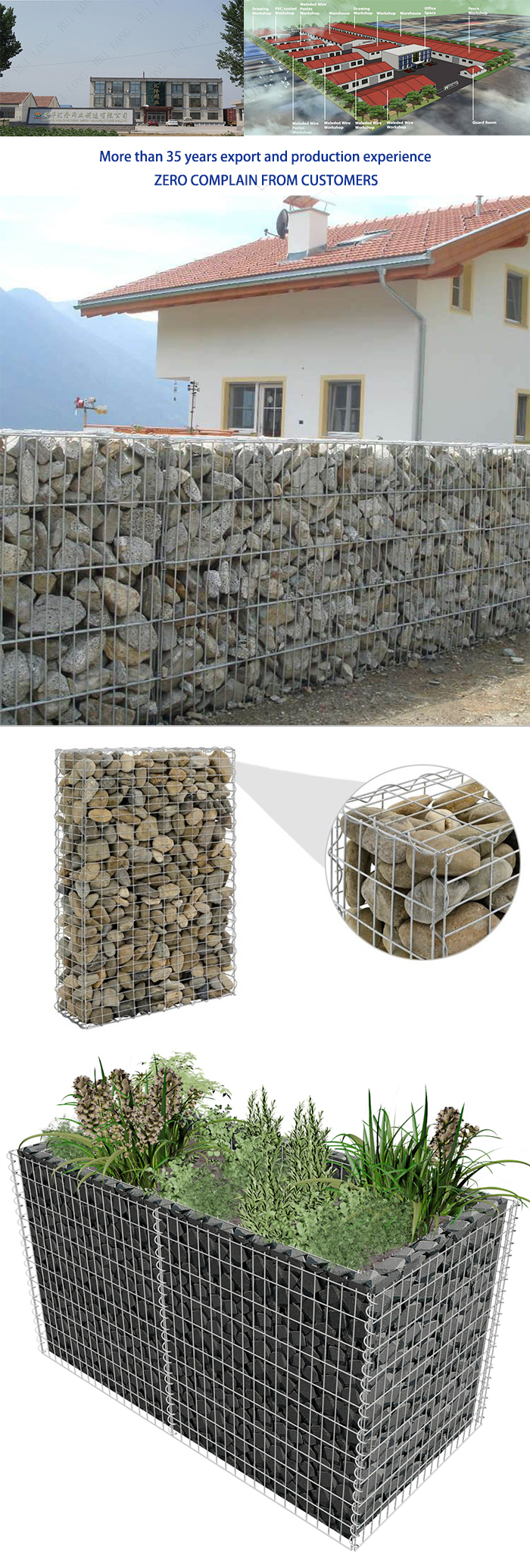Welded gabions have a wide range of applications in civil engineering and landscaping projects. Some common applications include: 1. Retaining walls: Welded gabions are often used to construct retaining walls for soil stabilization and erosion control. The WIRE MESH structure of the gabions allows for the free flow of water, preventing hydrostatic pressure build-up behind the wall. 2. Slope protection: Gabions can be used to protect slopes from erosion and landslides. They can be installed as a facing on the slope, providing stability and preventing soil erosion. 3. River and canal bank protection: Welded gabions are commonly used for protecting river and canal banks from erosion caused by water flow. They can be arranged in a stepped or layered design to slow down the water velocity and reduce the impact of waves and currents. 4. Bridge abutment protection: Gabions can be used to protect bridge abutments from scour caused by water flow. They are placed around the abutments to dissipate the energy of the flowing water and prevent erosion. 5. Noise barriers: Welded gabions can be used as noise barriers along highways and railways. The porous nature of the gabions allows sound waves to pass through, reducing noise pollution. 6. Architectural applications: Welded gabions can be used in architectural designs to create decorative walls, fences, and partitions. They can be filled with various materials such as stone, gravel, or recycled concrete to create a visually appealing and functional structure. 7. Landscaping and garden features: Gabions can be used in landscaping projects to create raised flower beds, garden walls, and seating areas. They provide a natural and rustic look while also serving as functional elements. Overall, welded gabions are versatile and durable structures that can be used in various applications to provide stability, erosion control, and aesthetic appeal.

